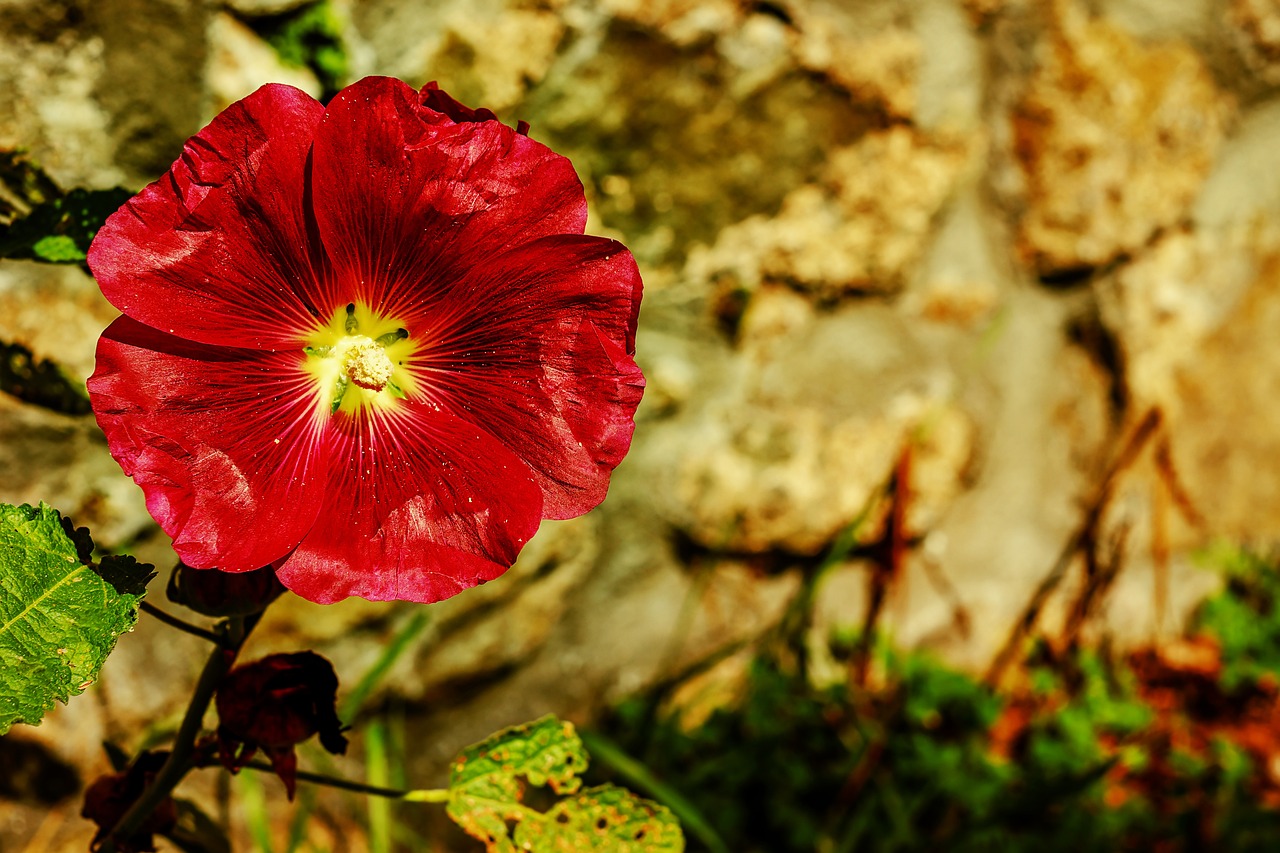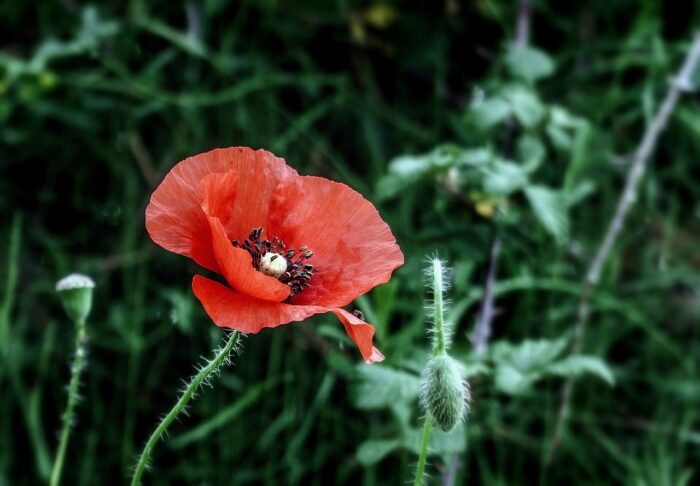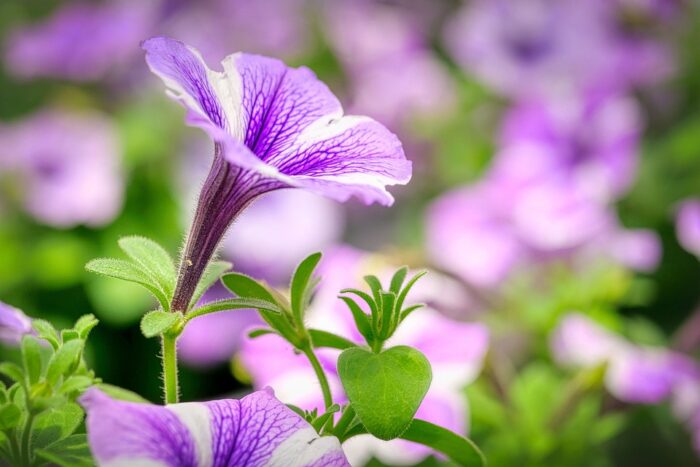Hollyhock Flower – Meaning and Symbolism

Hollyhocks are tall, striking flowers known for their height and large, vibrant blooms. Native to Asia and the Mediterranean, they’ve long been a staple in cottage gardens and have a charming, old-fashioned appeal.
Hollyhocks carry symbolism tied to ambition, resilience, and growth, making them meaningful in many cultures.
With their range of colors, they can suit various occasions, from celebrations of personal growth to tokens of encouragement.
What is the hollyhock flower?
Hollyhocks are easily recognized by their tall stalks adorned with large, circular flowers that come in colors like pink, purple, red, yellow, and white.
They can reach impressive heights—some varieties grow up to eight feet tall—making them a striking feature in gardens.
Hollyhocks thrive in sunny spots with well-drained soil and are commonly found in Europe, Asia, and North America.
The meaning and symbolism of hollyhocks
Hollyhocks symbolize ambition, strength, and the idea of reaching new heights. They’re often associated with growth and resilience, as they can survive in challenging conditions and stand tall.
In Victorian times, hollyhocks represented ambition and fertility.
Today, they’re sometimes used to signify personal growth, perseverance, and reaching for one’s goals, making them a positive and uplifting flower.
Hollyhock colors and their unique meanings
Pink hollyhock meaning
Pink hollyhocks are associated with gentleness, affection, and nurturing. They’re often used to express care and love, making them suitable for celebrations of friendship and familial affection.
Their soft color makes them ideal for adding warmth to a garden or bouquet.
Purple hollyhock meaning
Purple hollyhocks symbolize admiration and spirituality. Often linked to nobility and respect, purple hollyhocks are a thoughtful choice for someone you admire or wish to honor.
They bring an air of elegance and are fitting for both personal and formal occasions.
White hollyhock meaning
White hollyhocks represent purity, innocence, and new beginnings. Their fresh color is ideal for commemorating new chapters in life, like weddings, new homes, or personal growth.
White hollyhocks can also be used in remembrance, as they convey peace and sincerity.
Red hollyhock meaning
Red hollyhocks symbolize love, passion, and strength. With their bold color, they can be given as a romantic gesture or to encourage someone’s resilience and courage.
Red hollyhocks stand out, making a strong statement in any setting.
Yellow hollyhock meaning
Yellow hollyhocks represent happiness, optimism, and energy. Their bright color brings cheer and positivity, making them a great choice for lifting someone’s spirits.
Yellow hollyhocks are ideal for celebrating joyful occasions or adding warmth to a garden.
When to give hollyhocks as gifts
Hollyhocks are well-suited for encouraging someone going through a period of growth or change, as they symbolize resilience and ambition.
They make thoughtful gifts for:
- graduations
- new jobs
- personal milestones.
- support, showing that you’re cheering for someone’s success.
- versatile for occasions like housewarmings
- weddings
- sympathy gestures.
History behind hollyhocks
Hollyhocks have a long history that dates back to ancient times. They were used by the Egyptians and later became popular in Europe in the Middle Ages.
In Victorian England, hollyhocks became symbols of ambition and were often seen in cottage gardens.
They’re now widely grown in many parts of the world, including the United States, where they’re appreciated for their decorative beauty and resilience.
Hollyhocks in popular culture and gardens
Hollyhocks are classic garden flowers, popular in cottage-style landscapes where their tall, colorful spikes add height and visual interest.
They appear in many traditional paintings and literary works as symbols of simplicity and old-fashioned charm.
Hollyhocks attract pollinators like bees and butterflies, making them a great addition to any garden that values biodiversity.
If you’re interested in growing hollyhocks, check out the RHS.org.uk guide for them, as growing hollyhocks is beyond the scope of this article…
Final thoughts on the hollyhock flower meaning
Hollyhocks stand for resilience, growth, and ambition, making them a meaningful addition to gardens and bouquets.
Their range of colors, from soft pinks to bold reds, adds depth to their symbolism, allowing them to express everything from admiration to joy. Tall, vibrant, and proud, hollyhocks bring a touch of elegance and encouragement to any space.

